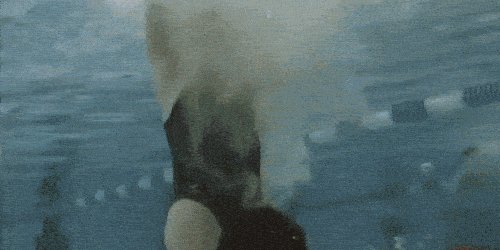A drowning man does not behave like they show in films — he does not wave his hands and does not shout: "Help!" said American lifeguard Francesco Pia. He introduced the concept of "the instinctive reaction of a drowning person." It is indicated by the following signs:
Those who shout, call for help, wave their hands, also need help. But this is a completely different stage — panic in the water. It can precede the instinctive reaction of a drowning person and usually does not last long. But in this case, the drowning man can still help his rescuers. For example, to reach out to them or grab a circle.
Sometimes, the main sign that a person is drowning is his dissimilarity to a drowning person. It seems as if he is just floating on the water and looking at you. Ask him if he's okay. And if he doesn't respond, you have less than 30 seconds to get him out.
There are other signs that a person urgently needs help:
If you find a person with the instinctive reaction of a drowning person, you can not delay. For such cases, Francesco Pia developed a technique called Pia Carry. You need to swim up to the victim from behind and from below, wrap your waist with one hand, push the head and shoulders of the drowning person above the water, and row to the shore with the other hand.

The body is lighter than water, so they usually drown when they panic. Try to experiment.
Dive into the water at a shallow depth, squeeze your legs. You will feel the water pushing you up. Remember this feeling.
Roll over on your back and relax. The head can be completely submerged in water. The main thing is that the nose and mouth remain on the surface.
Calmness is a guarantee that you, even if you don't know how to swim well, will be able to stay on the water for quite a long time.
If you still panicked:
1. Never swim drunk. Especially lying on mattresses or on inflatable circles.
2. Remember that in the hottest hours (from 12.00 to 16.00) in the water you can get a sunstroke and lose consciousness. Don't take any chances.
3. Do not swim alone, especially in unfamiliar reservoirs. Let there always be someone nearby who will follow you and, if necessary, provide assistance.
4. If you have swum far and are tired, rest. Roll over on your back, relax, relax in the form of an "asterisk". After you recover your breath, slowly move to the shore.
5. If you are carried away by the current, do not resist: wait until it weakens and slowly move to the shore.
Reverse currents (rip current) are very dangerous. They arise off the coast and lead directly to the open sea or ocean. Such currents can carry several hundred meters from the shore. The best tactic is not to swim against the current, but parallel to the shore. Usually rips are several meters wide, so it's not difficult to get out of them. Save your energy.
6. If your muscles are cramped, act energetically:
Calmness and awareness are the main helpers in extreme situations on the water. Always remember this.